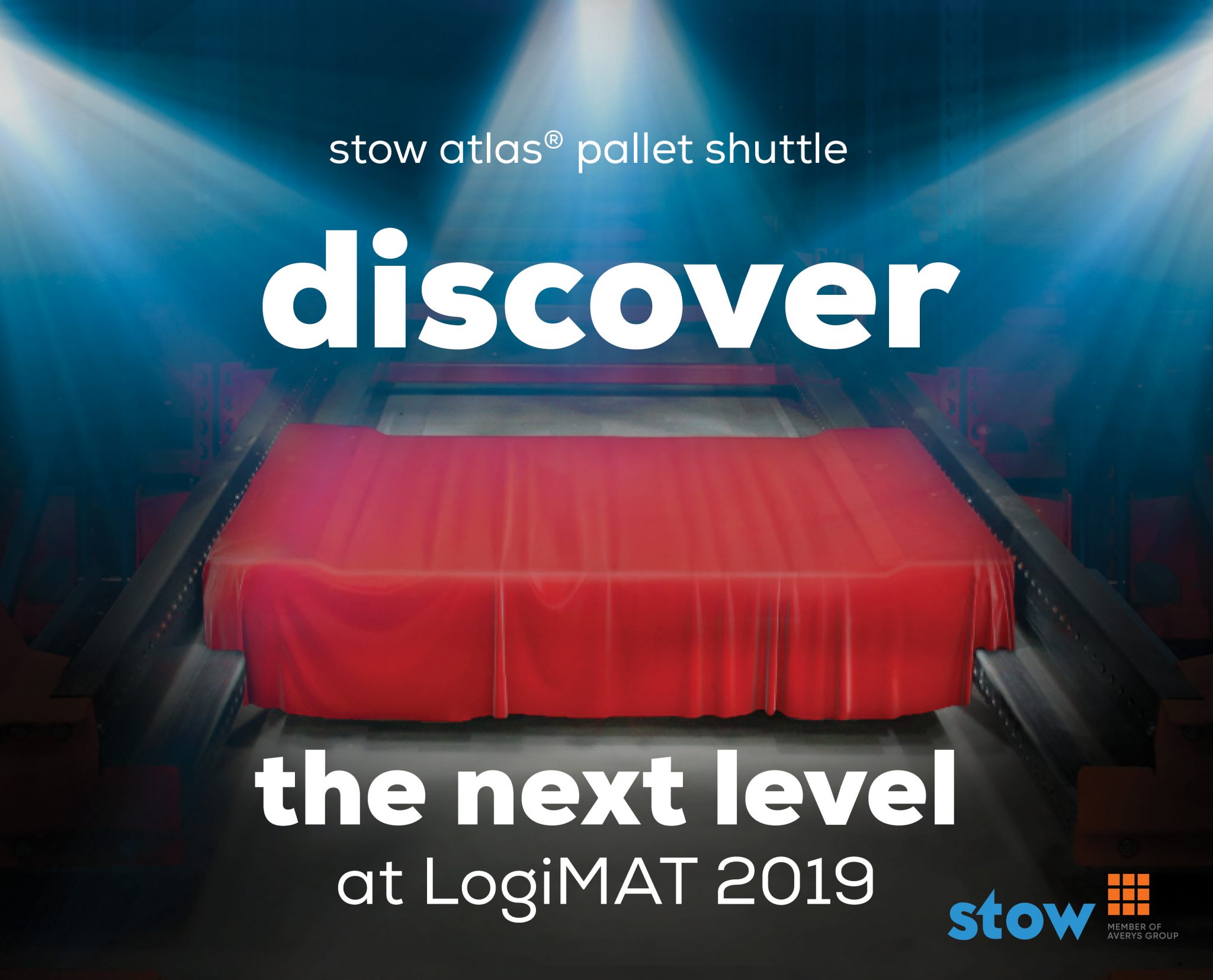5 Key Logistics Trends and Technology Implications for 2019, as forecast by Chris Jones (above), EVP Marketing & Services, Descartes:
2018 can certainly be summarised as a turbulent year in logistics and transportation management. On the one hand, ecommerce continued to grow at record levels without the slowdown that many were predicting, leading many organisations to recognise the importance of reaching beyond traditional strategies to enhance their logistics and transportation capabilities. Yet, on the other there was considerable global trade instability and the focus of many companies was to determine what strategies they needed to put in place to mitigate the brewing trade wars and Brexit uncertainty. Market hype was also at an all-time high, making it harder to identify the best opportunities for technology investments. As the start of the year sees these trends continue to dominate the sector, [Spokesperson], Descartes says that the question for logistics and transportation professionals globally is what will drive 2019 strategies and investments to meet the market challenges and provide the greatest returns.
• Collaborative Transportation Management.
The concept has been discussed, but never realised on a large scale. With the capacity shortage continuing for the perceived future, shippers and LSPs are looking for ways to expand their network. Real-time visibility solutions can identify the capacity that is trapped in a given network. New solutions have been developed to allow companies to share capacity and cover a greater percentage of the loads. Work in 2018 has shown that, as the number of participants expand, the ability to dramatically increase available capacity rises. Collaborative transportation management will be the fastest way in 2019 for shippers and LSPs to meet their transportation capacity challenges.
• The Global Trade Scramble.
For many shippers and LSPs, there is no choice but to spend a lot of time and effort on strategies and tactics to mitigate the impacts of Brexit, the current US administration and the affected countries. The uncertainty that exists in the market is what is most disconcerting and driving this high level of focus. In North America, changing duties and quotas are driving companies to develop new sourcing strategies, evaluate the impact of new duties on the bottom line and vet new suppliers. Brexit is even more problematic for Europe as companies try to understand the effects on their supply chains and logistics services if the seamless flow of goods stops between the UK and the rest of Europe. In 2019, companies will focus on global trade and customs solutions that can help them navigate the potential changes, glean clearer insight into alternative trade opportunities that exist and ensure compliance with much higher customs clearance requirements. 2018 was also a very active year in the area of sanctioned parties list expansions, stepped up enforcement actions especially on challenging rules like the OFAC 50%, and it is very likely the pace of sanctions and enforcement actions will ramp up in 2019.
• Home Delivery Hangover.
Again, another “no choice” for retailers as consumer expectations for home delivery continue to rise with, again, record online sales during the 2018 holidays. Retailers will be focused on getting costs in line and better understanding what customers want and are willing to accept for home delivery services. In 2018, companies started to get a better perspective on the different kinds of expectations customers had for delivery services, and that “as fast as possible” and “free” were more market hype than reality. In addition, leading retailers started to focus on understanding the balance between delivery service and the fees charged and—most importantly—understanding that allowing consumers to self-select their delivery options based upon speed and price could lower or recover delivery costs. In 2019, retailers will increasingly look for home delivery solutions that allow them to provide consumers with delivery choice, and even steer them to options that help the bottom line.
• Parcel Power.
As ecommerce grows, so does parcel shipping. In 2018, the rapid expansion of domestic and international parcel shipping continued. Carriers established more aggressive pricing and delivery strategies to keep pace with the increasing demand and improve profitability. Governments adopted more stringent tariff policies to make sure they were not missing an increasingly large revenue stream from ecommerce direct from Asia. As the cost and complexity of parcel shipping increases in 2019, companies will deploy solutions that can minimise their parcel shipping costs through more intelligent carrier and mode selection, and effectively address international requirements such as landed costs, restricted party checking and customs filings.
• Technology – Some Hot & Some Not.
There was not a day in 2018 when some organisation or technology company was not announcing their AI, Machine Learning, Big Data or Blockchain solution or initiative. Even the business and trade press pointed to these technologies as ushering in a new era in logistics technology. As 2018 unfolded, however, there was a divergence in the value of some versus others that will carry into 2019. In 2019, there will be greater investment in—and results from—AI, Machine Learning and Big Data because of the ability of these technologies to significantly augment existing solutions and deliver business value in the near term. Unfortunately for Blockchain, it heads to the “trough of disillusionment” for the next year as pilots end and questions remain about the change and costs required to deploy it, its technological limitations and, most significantly, the lack of standards. For anyone who has been in the tech industry for 20 years, Blockchain should be a reminder of the hype that XML received in the late 90s. The question for the value of Blockchain isn’t if, just when.
The macro trends of ecommerce, global trade destabilisation and the over-the-road transportation capacity shortage will continue to shape 2019 just as they have in 2018. Shippers and LSPs are realising that they must act differently to survive or thrive and will more aggressively adopt new logistics and transportation technology solutions.






